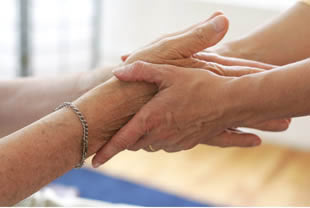Movement reeducation is designed to help people learn to use their bodies more effectively. The underlying principle of this concept is that many people learn bad habits which promote pain, soreness, and inefficiency in the body; by teaching people to move in new ways, a practitioner of movement reeducation can promote a healthier and more comfortable existence for the client.
In a movement reeducation session, the therapist usually starts by asking the client to move as he or she would normally. Close attention is paid to how the body moves, and spots where the client seems to be stiff or sore. Then, the therapist works with the client in a dynamic session which may involve stretching, guided exercises, the use of props, and light massage. Many movement reeducation plans also include a homework component, where the client is asked to practice exercises at home.
There are a number of very practical approaches for movement reeducation. For example, many rolfers incorporate some form of this style of bodywork into their practice when they work with stroke and brain trauma patients. Movement reeducation can also be used to help people learn to move normally again after traumatic injuries such as severely broken bones.
Movement reeducation is also used by athletes, actors, dancers, and other people who work with their bodies to develop new movement techniques. Movement reeducation can help an athlete use his or her body more powerfully and with less pain, for example, or it can help an actor develop a specific mode of movement for a particular part. This bodywork technique can also help people like construction workers, who often struggle to keep their bodies in good shape as their careers progress.
Everyone can benefit from movement reeducation, according to practitioners. Habits such as slouching can negatively impact the body’s general health, as can other learned habits. Movement reeducation is designed to make people more flexible, powerful, and strong, and it can help to address lingering muscle aches and pains.
The goal of movement reeducation is to make the client more aware of their habits of movement and more comfortable in his or her body. By showing people how powerful and useful their bodies can be with a little bit of training, movement reeducators hope to make the body a bit more functional, reducing pain, strain, and the risk of future injury. Movement reeducation can also be beneficial to mental health.


